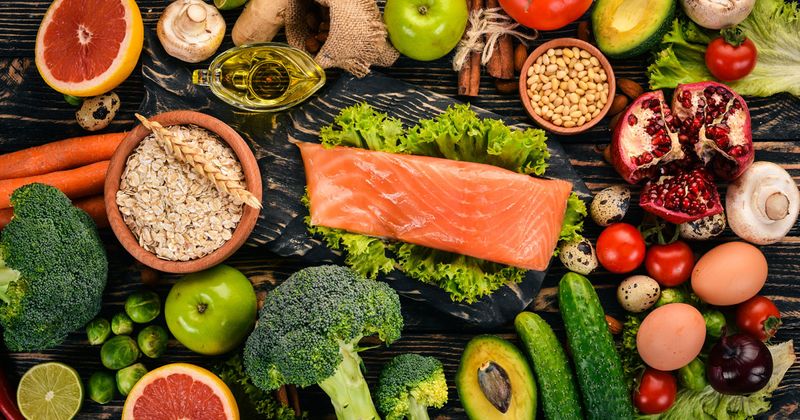Diet quality, energy intake do not fully explain link between food insecurity, obesity
ATLANTA — Energy intake and diet quality do not mediate the association between food insecurity and increased BMI in U.S. adults, according to data presented at ENDO 2022.
In findings from the 2015-2016 National Health and Nutrition Examination Survey, adults experiencing food insecurity had a higher BMI and waist circumference than food-secure individuals. However, energy intake did not explain the associations with BMI or waist circumference, and diet quality only partially mediated the association between food insecurity and waist circumference.

“Some aspects of diet play a role in the effect of food insecurity on adiposity, but our results suggest that other factors are also involved,” Lisa Morselli, MD, PhD, assistant professor in the division of endocrinology and molecular medicine, department of medicine at the Medical College of Wisconsin in Milwaukee, told Healio. “Individuals with food insecurity seem to be more efficient at harvesting calories from the food they eat. This could be a protective mechanism evolved against uncertain food availability.”

Morselli and colleagues analyzed data from 233,636,542 adults participating in NHANES during the 2015-2016 cycle. Adults were divided into a food-insecure group (n = 41,168,256; 54.4% women; mean age, 43 years) and a food-secure cohort (n = 192,468,286; 51.6% women; mean age, 48 years) based on responses to the NHANES Food Security Survey Model. Weight, height and waist circumference were measured by a trained technician, and body composition was measured by a DXA scan. Participants completed a 24-hour food recall to determine diet composition. Diet quality was determined by how well a participant’s diet matched with nutrition guidelines as detailed in the Healthy Eating Index-2015, with a score of 0 defined as poor diet quality and 100 as strong diet quality.
The food-insecurity group had a 22% higher prevalence of obesity compared with the food-secure cohort (P = .004), and the prevalence of severe obesity was 67% higher in the food-insecurity cohort (P = .035). Waist circumference was 3.81 cm greater in adults with food insecurity compared with food-secure participants (P = .04).
There was no significant difference in energy intake, protein, carbohydrates, total sugar, total fats or saturated fats between the two groups. The food-insecurity group had a lower diet-quality score compared with the food-secure cohort (mean score, 47 vs. 51; P = .03).
Total energy intake did not mediate the effect of food security on BMI or waist circumference. Total Healthy Eating Index score partially mediated the effect of food insecurity on waist circumference (beta = 2.33; 95% CI, 0.03-4.64; P < .05) but not on BMI or fat mass.
Morselli said the findings reveal a need for more studies to explore other factors that may mediate the link between food insecurity and obesity.
“Intervention studies are needed that, in addition to improving nutrition, try to address the other social determinants of health often associated with food insecurity,” Morselli said. “We also need studies that better characterize energy balance in individuals with food insecurity; in particular, it would be interesting to study the effect of food insecurity on the gut microbiome since it has a major role in feeding efficiency.”









